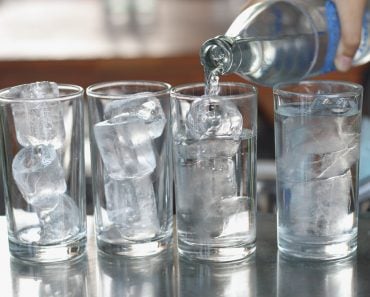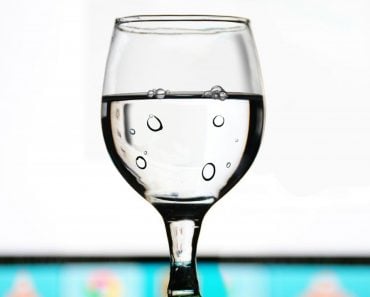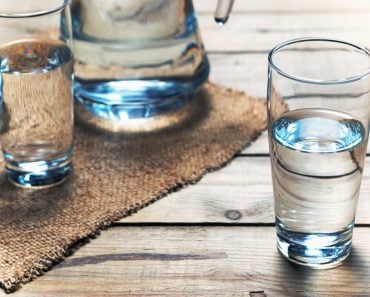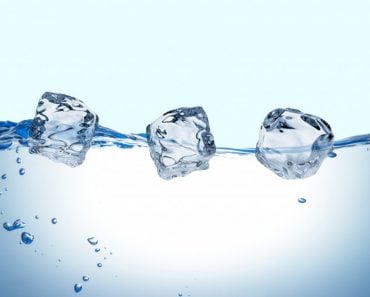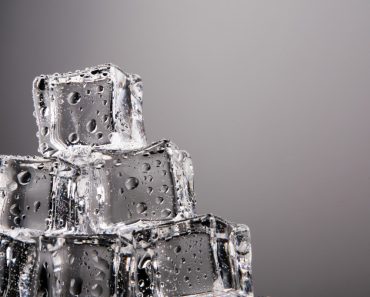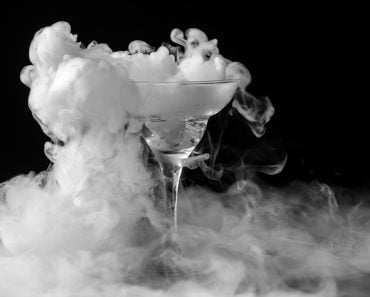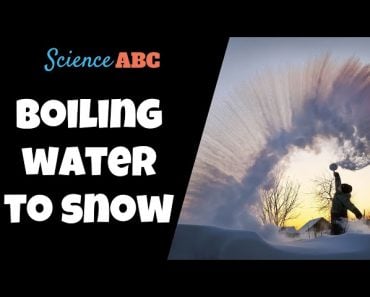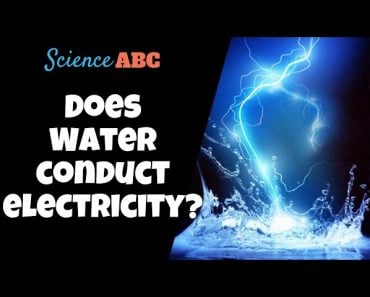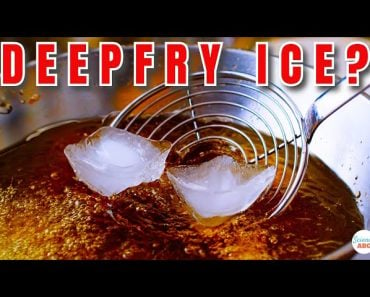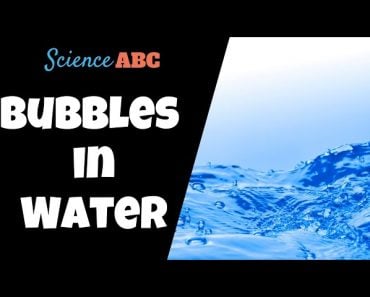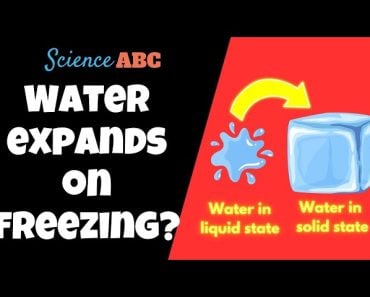Table of Contents (click to expand)
The clarity of ice cubes can be affected by the temperature of the water used to make them. If warm water is used, it may contain more impurities, which are then released when the water is cooled and frozen. As a result, ice cubes made from distilled or boiled water typically appear clearer than those made from tap water.
When you put ice cubes into a drink, you may notice they are usually cloudy. However, you may have also seen crystal clear ice cubes, often found in high-end bars and restaurants.
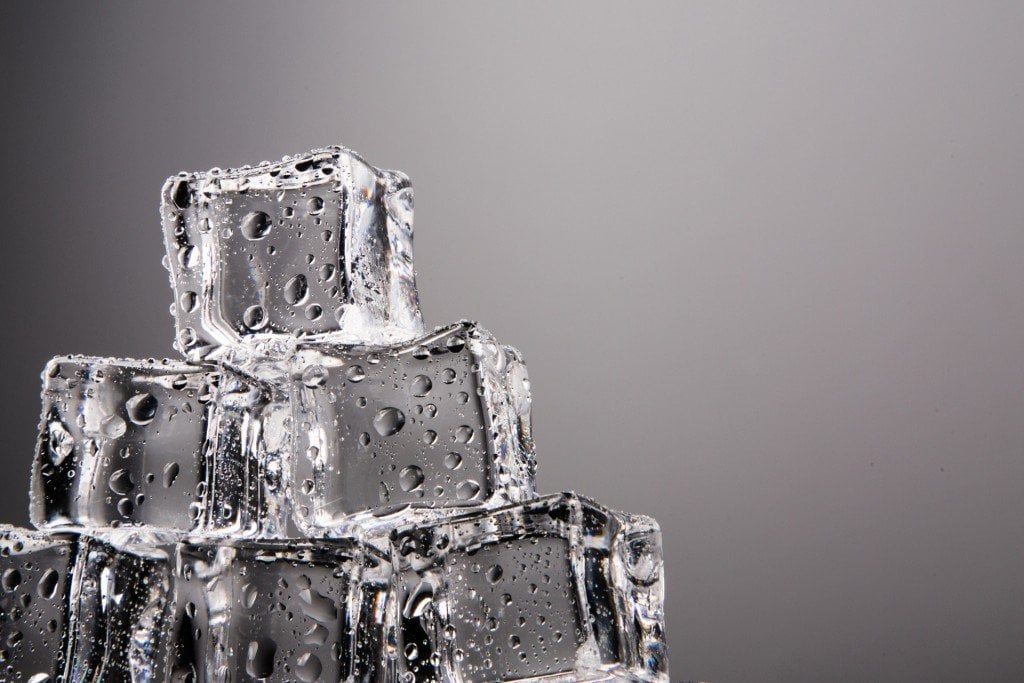
You might think that this is because of the quality of water used to make the ice, but that may not be the case. Even if you freeze clear, drinkable tap water, it will likely form cloudy ice cubes. And even if it appears somewhat clear, it won’t be as clear as the ice cubes you see in ads or top-notch bars.
Since all ice cubes are made of water and formed through the same freezing process, why do they appear differently?
Recommended Video for you:
Water At Room Temperature Contains Many Impurities
Although we cannot see it with the naked eye, our water contains various impurities. The term “impurities” doesn’t necessarily refer to bacteria and germs only. Anything that is not water present in the water can be regarded as an impurity. Most of the impurities found in tap water are not harmful to our health, and some, such as calcium and magnesium, are even beneficial. Additionally, different impurities in water can give it a distinct taste.
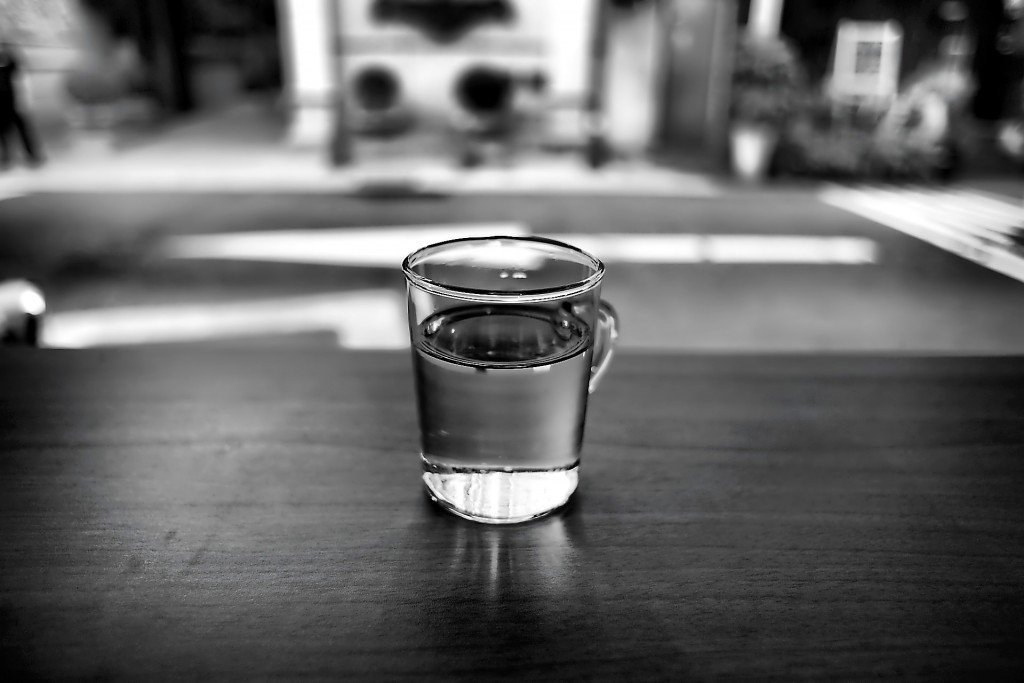
The most commonly found impurities in tap water include lime (also called limescale), calcium, fluoride, nitrates, magnesium, and other organic elements that are difficult to remove through regular filtration methods. When water freezes, the impurities evenly spread in the water gather near the center, causing ice cubes to be whitest in the middle.
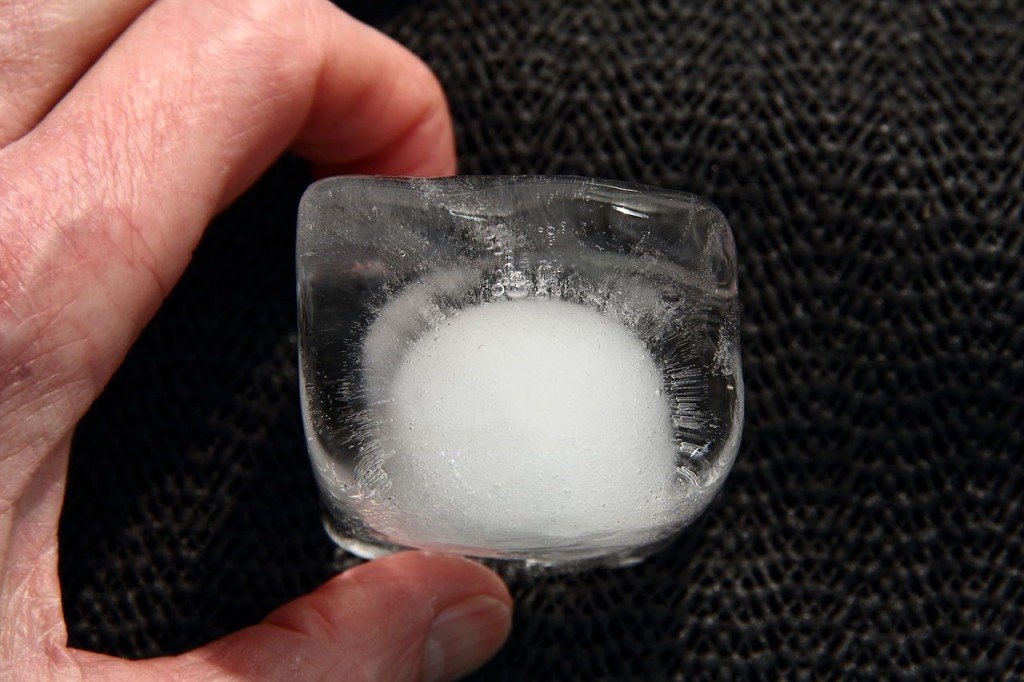
Note that ice cubes made from distilled water tend to be clearer because distilled (or even boiled water) does not have as many impurities as tap water.
Ice Cubes Tend To Be Cloudy When Water Is Cooled Rapidly
Even if you try freezing boiled water in your freezer, it’s likely that the ice cubes formed will not be as clear as you might expect them to be.
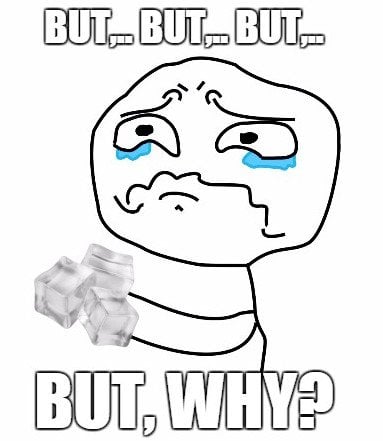
The reason is not related to the water being full of impurities, but rather in how it’s cooled.
You see when you cool water in your run-of-the-mill freezer, it cools rapidly, and tiny air bubbles (formed from the dissolved air in water) get trapped within the crystalline structure.
These bubbles are then pushed toward the cube’s center as water freezes around them, making the ice cube cloudy.
To ensure their ice cubes are as clear as possible, specialized ice makers freeze water in layers so that air bubbles do not form within the ice.
Furthermore, they freeze water very slowly, so large crystals of water are formed, and any bubbles that might have formed in the process have plenty of time to escape.
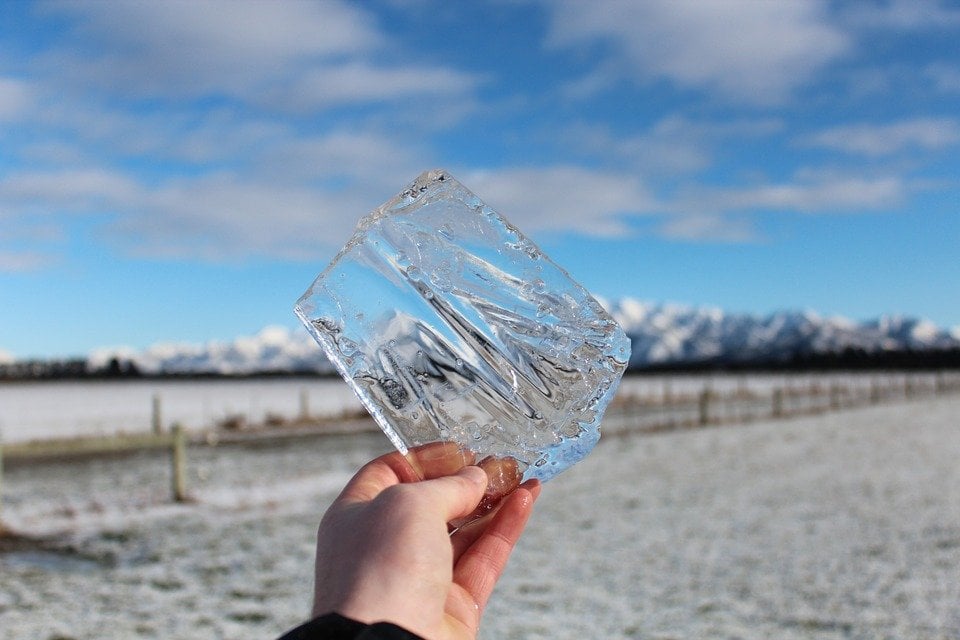
If you want, however, you can make clear ice at your house too! Just make sure you use boiled water (you might even consider boiling it twice for better results) and then freeze it slowly.
Last Updated By: Ashish Tiwari
References (click to expand)
- Melo, F. S., Cardoso, R. P., & Hermes, C. J. L. (2024, May). Quality and quantity trade-offs in clear ice making. International Journal of Refrigeration. Elsevier BV.
- Azhari, A. S., Tyastirin, E., & Faizah, H. (2022, December 17). Physical, Chemical, and Microbiological Quality Analysis of Home Ice Cubes, Beams, and Crystals in Gang Lebar, Wonocolo, Surabaya. Jurnal Biologi Tropis. Universitas Mataram.
- Mason, B. J. (1958, April). The supercooling and nucleation of water. Advances in Physics. Informa UK Limited.


